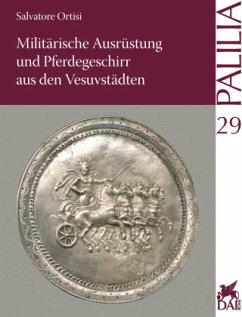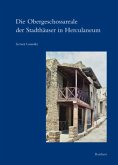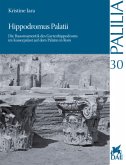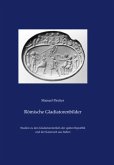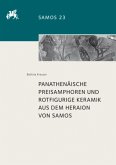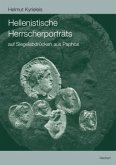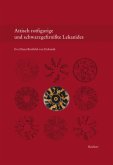The following work serves as a thorough, typological investigation of the military equipment and horse harnesses found in the Vesuvian cities of Pompeii, Herculaneum, and Stabiae. The broad material basis of this research, and the fact that the original state of the findings can often still be reconstructed, serve to augment and expand upon the discoveries and interpretations that have been achieved in Rome's northwestern border provinces. Additionally, the context of the Pompeian findings in particular makes it possible to draw conclusions about the significance of the military in a largely "demilitarized" Italian town.
Hinweis: Dieser Artikel kann nur an eine deutsche Lieferadresse ausgeliefert werden.
Hinweis: Dieser Artikel kann nur an eine deutsche Lieferadresse ausgeliefert werden.
"This book offers a detailed and and well thought out analysis of the surviving Roman military material and horse equipment from the area around Mt. Vesuvius and enables the reader to understand how the finds from this unique archaeological landscape compare to those of the wider Roman world [...] [I]t can certainly be said, that Ortisi has produced a compelling and detailed analysis of military finds from Pompeii, Herculaneum, Stabiae and Boscoreale, allowing the reader to compare the relevant archaeological record of these cities with other parts of the Roman Empire. [...] [T]he vast number of finds and the excellent preservation of these cities as a whole, allows scholars to advance their understanding of Roman urbanism, including the origin and use of military equipment in such settings."
Von: Sebastian Schuckelt
In: Journal of Roman Studies, Band 107, S. 394-395; DOI: 10.1017/S0075435817000272.
--------------------------------
"Die Studie liefert nicht nur Erkenntnisse über die Beziehung zwischen der lokalen Bevölkerung und den Veteranen sowie den durchreisenden Prätorianern und Soldaten, sondern gibt auch Antworten auf die Frage, ob die Waffen und das Pferdegeschirr zur standardisierten Ausstattung gehobener Wohnhäuser in den Vesuvstädten gehörten."
In: www.fachbuchkritik.de
--------------------------------
"Salvatore Ortisi's book can be recommended not only to researchers of Roman weaponry, but also to historicans dealing with the social history of Campania. And more broadly, those interested in the social history of Rome. The phenomena described in the book can be treated as a noteworthy illustration of similar social and cultural situations that no doubt also occurred in other regions of its empire."
Von: Edward Dabrowa
In: Latomus 76/2, Juni 2017
Von: Sebastian Schuckelt
In: Journal of Roman Studies, Band 107, S. 394-395; DOI: 10.1017/S0075435817000272.
--------------------------------
"Die Studie liefert nicht nur Erkenntnisse über die Beziehung zwischen der lokalen Bevölkerung und den Veteranen sowie den durchreisenden Prätorianern und Soldaten, sondern gibt auch Antworten auf die Frage, ob die Waffen und das Pferdegeschirr zur standardisierten Ausstattung gehobener Wohnhäuser in den Vesuvstädten gehörten."
In: www.fachbuchkritik.de
--------------------------------
"Salvatore Ortisi's book can be recommended not only to researchers of Roman weaponry, but also to historicans dealing with the social history of Campania. And more broadly, those interested in the social history of Rome. The phenomena described in the book can be treated as a noteworthy illustration of similar social and cultural situations that no doubt also occurred in other regions of its empire."
Von: Edward Dabrowa
In: Latomus 76/2, Juni 2017

